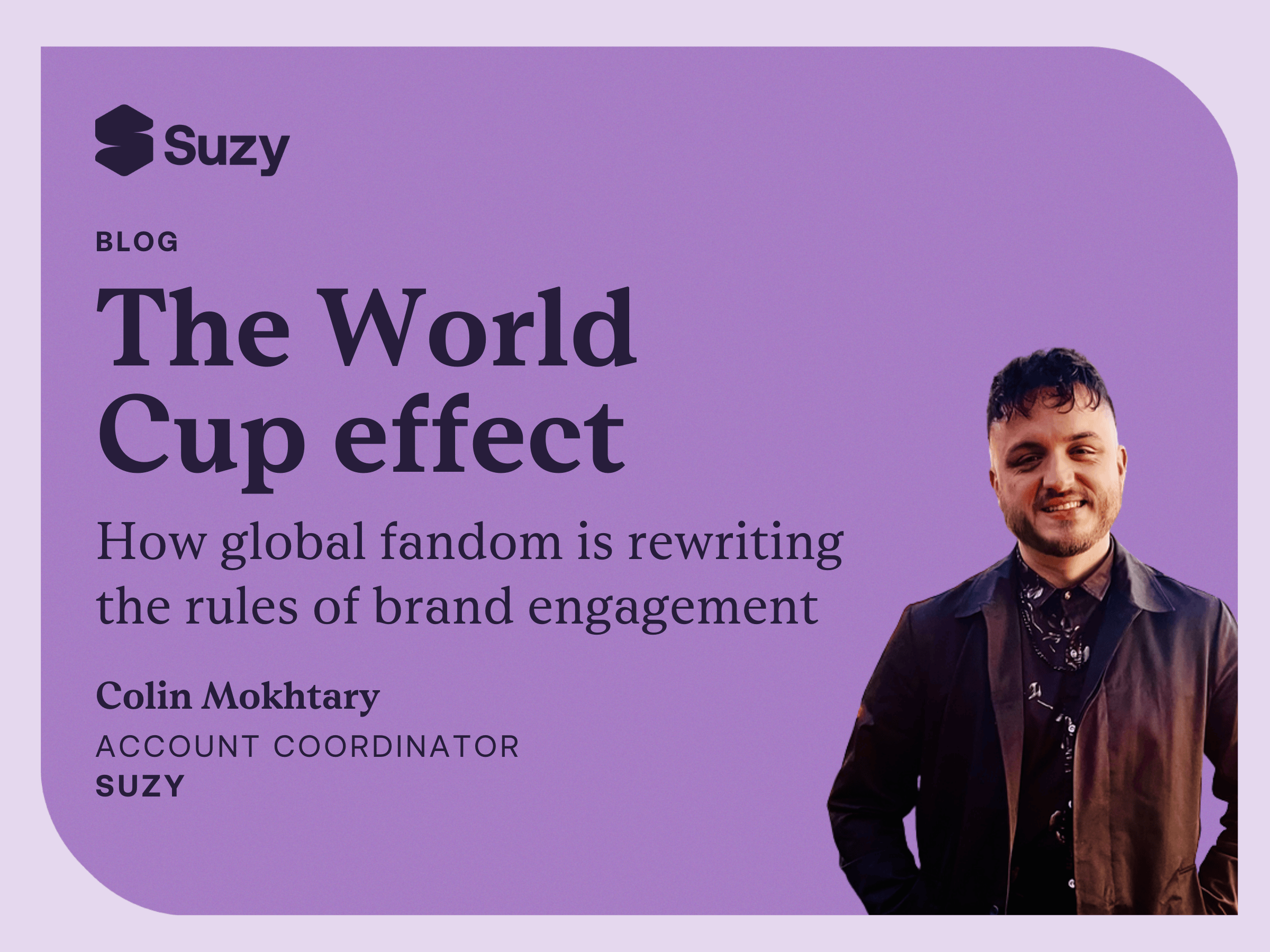By Kelsey Evans, Director of Market Research at Suzy
Every night before bed, I read my kids a story (okay, five stories, because I can’t resist the “just one more” please). Whether it’s a mouse who won’t share or an airplane on a grand adventure, they always ask for the same thing: “Make it exciting.”
Funny enough, I’ve realized that it’s not all that different from sharing research.
As insights professionals, we pour so much into our work: gathering data, uncovering truths, and building compelling narratives. But if the delivery doesn’t land, even the most powerful story can be missed.
In a world where attention is short and decisions move fast, the ability to communicate insights in a way that’s clear, engaging, and memorable is just as important as the insights themselves.
Here’s what bedtime stories taught me about making research stick.
1. Keep It Simple
If a story gets too complicated, my kids tune out. Fast.
The same dynamic shows up in research. We often feel compelled to share every data point & every nuance, but clarity is more impactful than complexity. Simplifying doesn’t mean dumbing down; it means distilling your message into something focused and digestible.
Tip: Start with a single sentence: “If my audience only remembers one thing, it should be…” That becomes your North Star.
2. Tailor to Your Audience
My kids are close in age, but their story preferences are definitely their own. One wants adventure, the other prefers silly and light. And then there’s the baby. With him, I’m lucky if I get one page in before he’s wriggling to get into his crib.
Each night requires a different approach depending on the audience. It’s the same when sharing insights. A brand lead might want emotional resonance, while a product manager is looking for functionality and use cases. If we don’t adapt the message, we risk missing what matters most.
Tip: Before sharing your insights, ask yourself: What does this audience care about most? Then shape your narrative to meet that lens.
3. Use Visuals That Spark Imagination
At bedtime, my kids are just as captivated by the pictures as they are by the words. They study the illustrations carefully, picking up little details I’ve missed. And when the story calls for it, I’ll sometimes give a dramatic roar or shake them gently as a train barrels through the page. It turns a simple story into a full-on experience.
Visuals do the same thing in research communication. A strong chart, a clean layout, or a well-placed metaphor can take findings from interesting to unforgettable. Thoughtful design draws people in, builds emotional connection, and makes the message stick.
Tip: Don’t just show the data. Use visuals to add texture, emotion, and momentum to your story, just like a great picture book does.
4. Anchor the Story in Something Familiar
Some of the most requested stories in our house aren’t the wild, imaginative ones. They’re the ones rooted in our day-to-day lives. A lost backpack, a trip to the grocery store, or a sibling squabble turned epic adventure. When the story feels close to home, my kids lean in a little more.
The same happens when we present findings. When the narrative connects to real-life context like a shared behavior, a common frustration, or a known moment, it instantly becomes more relatable and actionable. It moves from interesting to relevant.
Tip: Bring your insights back to something your audience already knows or has felt. When people see themselves in the story, they’re more likely to act on it.
5. Invite Curiosity and Co-Creation
Storytime is rarely a solo performance at our house. I’ll be mid-sentence and suddenly hear: “But why did the dragon do that?” or “What if the train flew into space instead?” (Thankfully, those are the softball questions, not the curveballs that sometime come out of nowhere like “Can our dog still hear me in heaven?”)
My kids don’t just listen, they want to shape the story. And honestly, it makes the experience better.
That same curiosity is something we should welcome when presenting research. The most valuable moments often come when someone pauses to ask a question, challenges an assumption, or brings their own perspective to the data.
Tip: Leave space for conversation. Invite your audience in with open-ended prompts or strategic pauses. It makes the insight more collaborative and more likely to drive action.
6. Deliver with Energy and Emotion
My kids can spot it immediately: when I’m reading with one eye on the clock and my brain halfway into my to-do list. They call me out: “You’re not doing the voice!” And they’re right. If I’m not into the story, neither are they.
The same holds true in a professional setting. People tune in when they sense you care about what you’re sharing. Even powerful insights can lose their impact if they’re delivered flatly or rushed.
Tip: Let your voice reflect the insight. Surprise, concern, excitement — they all signal that something matters. Don’t be afraid to say things like “I was really surprised by this” or “This data point stood out to me.” When your audience sees that you are genuinely engaged, they’re far more likely to be too.
Bringing It All Together
These principles, simplicity, audience focus, strong visuals, familiar context, curiosity, and emotion, are all part of the same bigger idea: insights are only as powerful as the story we wrap around them.
The research process is thoughtful, layered, and strategic. The way we communicate it should be too. A well-crafted narrative doesn’t just inform, it inspires action, alignment, and momentum.
And the good news? You don’t have to do it alone.
At Suzy, our Center of Excellence partners with teams on end-to-end research projects. We help shape the learning journey from the very beginning so the final story is as compelling as the insights within it. When we’re involved throughout, we can ensure the narrative truly lands.
If you're looking to elevate your next project, let’s build it together, from brief to breakthrough.
.webp)







